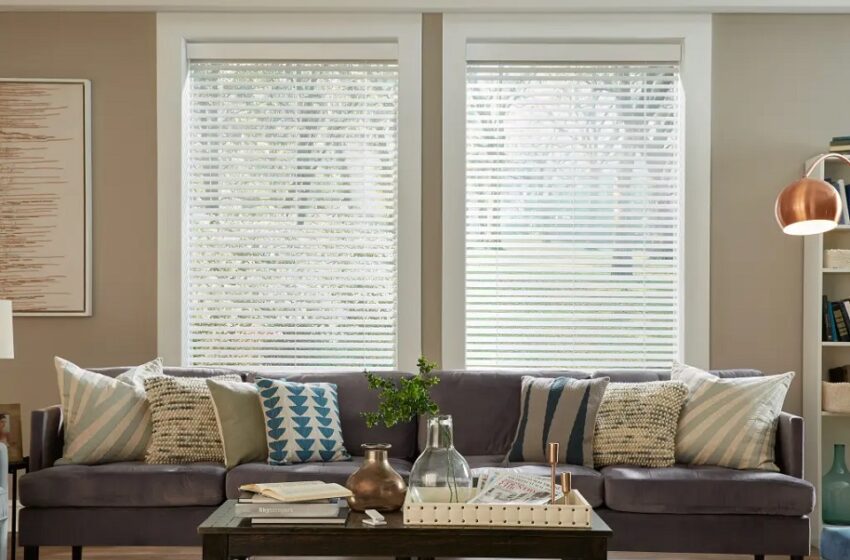How To Choose The Right Shading System For Your Living Room

The correct shading system should maintain a uniform appearance with your home, accommodate your window sizes and minimize light gaps between shades. It should also operate smoothly and efficiently.
Accent lighting can be added through adjustable recessed lights in the ceiling, table lamps, or well-placed floor lamp torchieres. This can highlight a favorite painting or architectural feature and create a cozy ambiance.
How Much Light Do You Want To Let In?
You’ll want to choose the right amount of light for your room. Enough light can help keep your home safe and comfortable, while too much can cause problems like excessive glare and overheating. For example, spotlights have narrow beams and highlight design elements or artwork. Meanwhile, flood lights have a wider beam and are great for lighting more extensive areas. The right Hunter Douglas Shades will preserve a consistent appearance with your windows, accommodate your window sizes and minimize light gaps between shades. They can also be controlled remotely or with innovative home technology, including photocell and voice control.
How Much Privacy Do You Want?
An innovative shading system can go beyond visual privacy if you want ultimate space exclusivity. For example, you can choose shades with photocell technology that automatically lowers when the sun is at its peak to prevent harmful UV rays from damaging expensive items like televisions, flooring, and priceless antiques. Bright cellular shades also offer superior insulation, keeping your home more temperate and saving you energy costs over time. They come in day/night styles with light filtering or blackout options. And if you want to truly make a room your own, try modular partition systems that create private rooms within large spaces. They have folding doors to shut off a space and can be removed when unused. They look and function just like a traditional wall!
How Do You Want To Control The Light?
Shades like the ones at Treaty Oaky Shade Company preserve natural light can help, but layered lighting is another option. A layered system includes ambient (generally diffused) overhead ceiling lights like pendants or can lights, task lights for specific work-from-home zones and reading lamps, and accent lighting for highlights on wall art, planters, or other decorative items. For the ambiance, consider a can light with an attractive shape that will reflect ambient light off the ceiling and walls for more moody lighting. Or choose a floor lamp with a clear or cloth shade that will disperse light instead of concentrating it in one area. You can add a torchiere-style floor lamp to create more downward-focused ambient lighting for your living room reading nook. These can also have a tinted shade to color the light output and create a warm glow.
How Do You Want To Control The Temperature?
Sometimes homes need help with a problem where rooms furthest from the HVAC system tend to cool or heat less effectively. This is due to factors such as sunlight, temperature, and shading. Shading systems allow homeowners to modulate the amount of daylight coming into their homes, creating a relaxing atmosphere without overexposure to UV rays. Smart shades protect furniture, flooring, and priceless artwork from premature wear and tear by reducing glare. They also reduce energy costs by keeping spaces cooler in summer and warmer in winter by insulating against air flow. Shades can be operated manually, remotely, or via home automation, and many are integrated with whole-home systems for unified control of your entire home. They are available in various options, including cellular shades with light filtering, blackout, and Day/Night styles.
How Do You Want To Control The Atmosphere?
If relaxing and unwinding after a long day is your goal, consider incorporating a calming, restful color palette into your living room. Options include nature-derived greens and blues, muted shades of pink and yellow, burgundy and brown tones, and warm neutrals. You can also use scented candles or essential oils to create a cozy atmosphere. Natural scents like cinnamon or vanilla can make your living room warmer and more inviting. Different lighting types throughout your living room are another great way to control the atmosphere. Incorporating table and floor lamps and overhead fixtures can create a comfortable and welcoming space. Adding dimmers to your existing lighting will allow you to change your mood as you please.